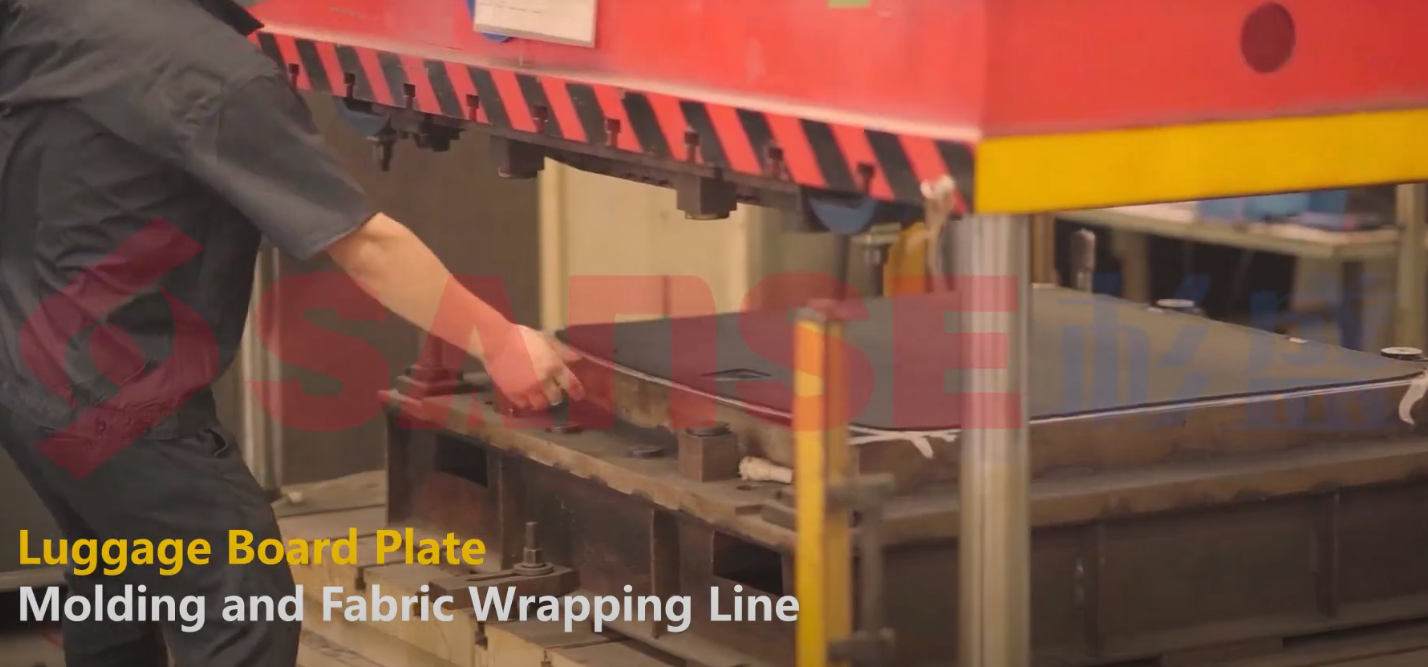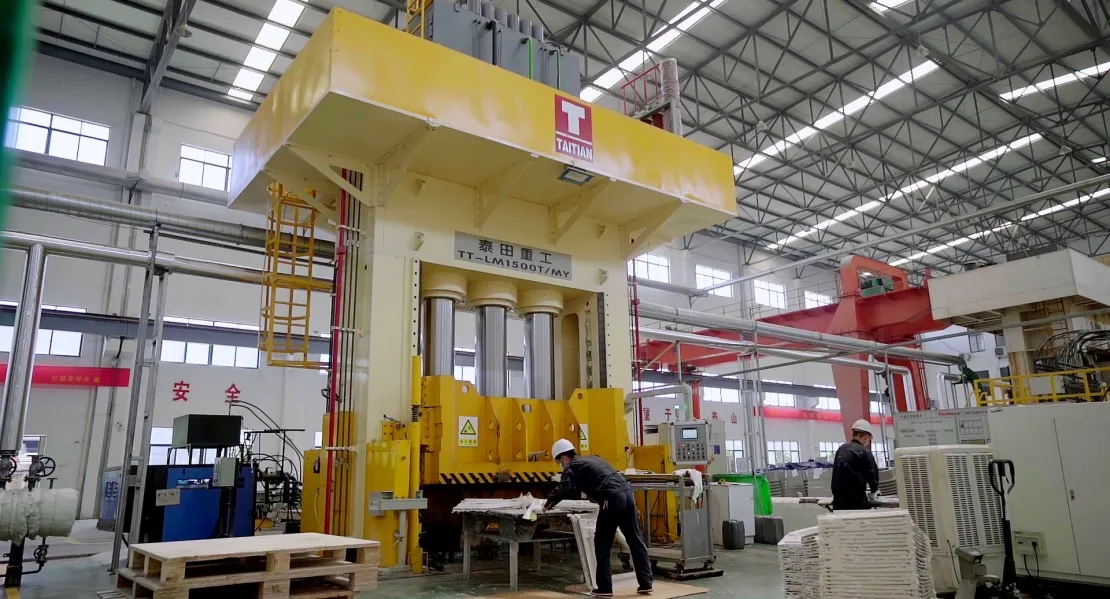Introduction
In the rapidly evolving field of battery technology, choosing the right material for battery cases is crucial for optimizing performance, safety, and cost-efficiency. While aluminum alloy cases have been a popular choice, composite material battery cases are becoming a superior alternative due to their numerous advantages. This article will delve into the detailed benefits of composite battery cases in comparison to aluminum alloy cases.
| No. | Project | Aluminum Alloy Case | Composite Material Case |
| 1 | Weight | Heavy | More than 10% lighter |
| 2 | Thermal Insulation | Poor (thermal conductivity 237W/mK) | Good (thermal conductivity is only 0.3W/mK) |
| 3 | Corrosion Resistance | Poor | Good |
| 4 | Explosion-proof | The explosion-proof cover is separated from the case body, it cannot be formed in one piece | The explosion-proof layer is integrally formed with the upper case cover, Full area coverage and space saving |
| 5 | Shock Absorption | Poor | Good |
| 6 | Insulation | Poor | Non-conducting, excellent insulating properties |
| 7 | Cooling System | Welding or joint connection, there is a hidden danger of leakage | No joints inside the shell, no leakage, uniform flow |
| 8 | Dimensional Accuracy | High coefficient of thermal expansion | Low coefficient of thermal expansion |
| 9 | Productivity | Many manufacturing processes and long cycle times | Compression Molding process, mass production, short cycle times |
| 10 | Cost | High | Low |
1. Weight Reduction
Composite material battery cases are more than 10% lighter than aluminum alloy cases, making them an ideal choice for industries where weight reduction is critical, such as electric vehicles. Lighter battery cases lead to improved efficiency and better performance.
2. Superior Thermal Insulation
With a thermal conductivity of just 0.3W/mK, composite material cases offer excellent thermal insulation compared to the 237W/mK thermal conductivity of aluminum alloy. This means better heat management, reducing the risk of battery overheating and improving safety.
3. Enhanced Corrosion Resistance
Aluminum alloy cases have poor resistance to corrosion, which can lead to material degradation over time. In contrast, composite battery cases exhibit excellent corrosion resistance, ensuring longer durability in harsh environments.
4. Explosion-Proof Design
Safety is paramount in battery design. While aluminum alloy cases feature separated explosion-proof covers, composite material cases integrate the explosion-proof layer directly into the upper case, providing full area coverage and improved space efficiency.

5. Better Shock Absorption
Aluminum alloy cases offer poor shock absorption, whereas composite materials provide superior shock absorption, which is critical in protecting the battery from damage during vibrations or impacts.
6. Excellent Electrical Insulation
Unlike aluminum alloy, which is a conductor, composite materials are non-conductors with excellent insulating properties. This feature is vital for preventing electrical shorts and improving the overall safety of the battery system.
7. Improved Cooling System
Aluminum alloy cases often require joints or welding, which can lead to leakage and uneven flow. Composite material cases eliminate these risks by offering a seamless design, ensuring uniform flow and enhanced cooling system performance.
8. Dimensional Accuracy
Composite material battery cases are produced using one-piece mold forming, which results in excellent size consistency and a lower coefficient of thermal expansion compared to aluminum alloy, which is prone to splicing errors.
9. Increased Productivity
While aluminum alloy cases require multiple manufacturing processes and long cycle times, composite material cases benefit from the compression molding process, allowing for faster mass production and shorter cycle times.
10. Cost Efficiency
Composite material battery cases are more cost-effective than aluminum alloy cases. They offer a perfect balance between performance, safety, and cost, making them the preferred choice for various industries.

Conclusion
The advantages of composite battery cases over aluminum alloy cases are clear. From weight reduction and better thermal insulation to enhanced shock absorption and cost-efficiency, composite materials are setting a new standard in battery case technology. As industries increasingly prioritize lightweight and efficient solutions, composite materials will continue to dominate the future of battery design.
